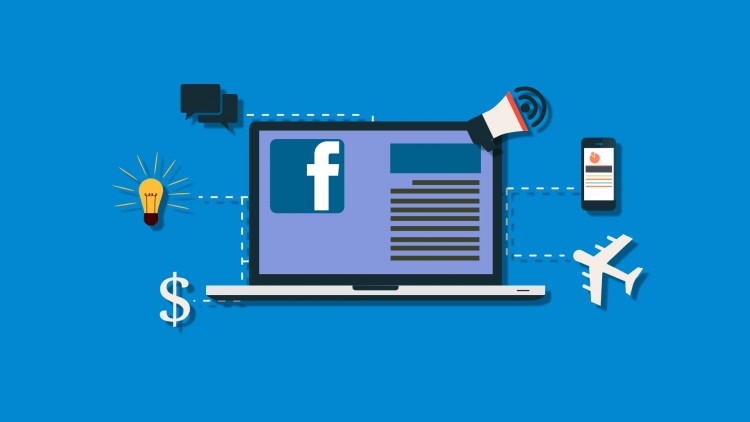Local real estate professionals are using Facebook Ads every single day to generate new prospects and clients for their business. However, when we speak to agents, they simply have no clue as to what they are doing. Most real estate agents pay someone to run their Facebook ads funnel and campaigns.
While we are not saying that it’s a bad idea, we think if you follow this post, you can create your own ads and be successful.
In this article, we will teach you how to generate a constant stream of home buyers and sellers interested in your real estate service using Facebook Ads.
We will actually show you a whole funnel. A funnel is a marketing or sales process of converting cold traffic into customers.
This particular funnel is called the real estate 2-step Facebook Ads funnel.
Explaining The 2 Step Funnel
Instead of going straight after the leads, we will segment your marketing campaign into two parts.
#1 Nurturing Cold Traffic – The first piece of the puzzle is to nurture cold traffic with useful local content. For example, if you targeting homeowners, start by offering an informative article about the local housing market. When these people visit your website you can tag them and create a custom audience.
#2 Targeting the custom audience with home valuation ads – Once you tag enough people clicking through to your article you can now start targeting these people with home valuation campaigns. Home valuation campaigns are the easiest way to get information from a potential home seller. In case you haven’t done any home valuation campaigns before, you need to create a landing page and ask homeowners to fill out a bunch of information. When you receive the lead, you should first email them with a detailed home valuation and ask if they are interested in a listing presentation.
Tools Required To Create Funnels For Your Real Estate Business
In order to create the funnel for your real estate business, there are certain tools that are required to execute it perfectly. As marketers, we tend to stick to our own marketing stack and we get it. Maybe you are familiar with a particular email marketing software or CRM and that’s ok.
We will lay down the plan for the different groups of tools and our recommendations for each group.
Facebook Ads Business Manager
The first thing that you need is a Facebook Ads Business Manager connected to your Facebook business page. In case you want to use a simplified version of Facebook Ads, try AdEspresso. It connects your Facebook Ads account to their interface and makes it a lot easier to deploy ads and A/B test them.
Landing Pages
You need to use a landing page builder in order to create a compelling landing page that has a good conversion rate. A landing page or a squeeze page is designed with one single intent in mind. In your case, the goal of the landing page is to get a home seller or a buyer lead.
When designing the landing page make sure that the message and the intent is extremely clear. We have seen many times where the copy and the design of a landing page can dramatically reduce the cost of the lead.
Facebook Ads Targeting For Buyer Leads
Targeting buyers and sellers using Facebook ads require two different approaches. In this segment, we will teach you how to target active buyers as well as potential real estate buyers.
Since we are doing a 2 step funnel, the first logical step is to share an article targeting the following:
- Homeowners
- People likely to move
Note: Make sure that you create a custom audience of everyone who visits your article.
Now that your custom audience is ready, you need to execute the actual home value ads targeting these people.
Here are a few ideas:
- How much is your home worth – Free Home Valuation
- Get Property Details for a particular property
- Foreclosure lists for a particular area
All of your ads should direct to a squeeze page that is optimized to capture the lead.
Conclusion
Although Facebook Ads can be complicated in the beginning, with practice you can get the hang of it.
The key is to ensure that your Facebook Pixel is attached to your blog as well as the landing page so that you can track all of your conversions.

